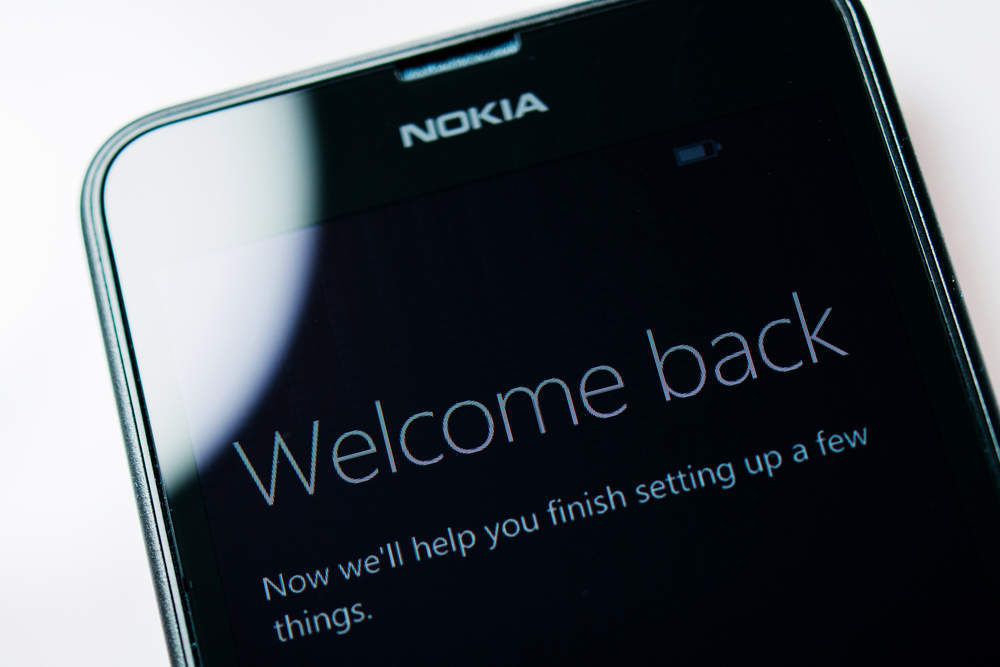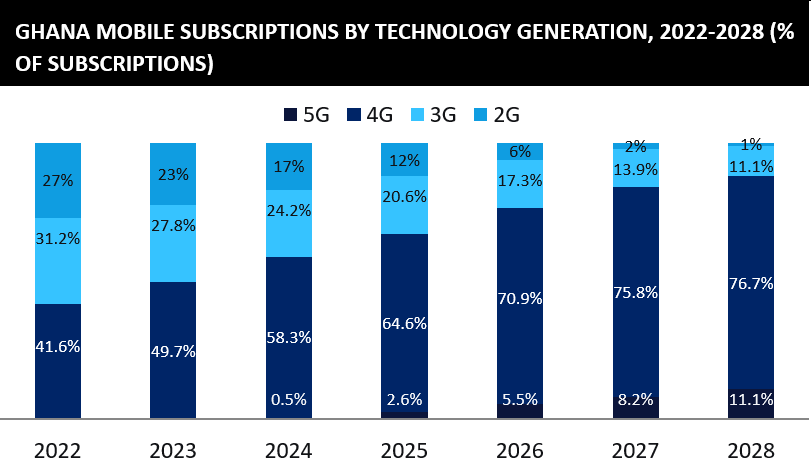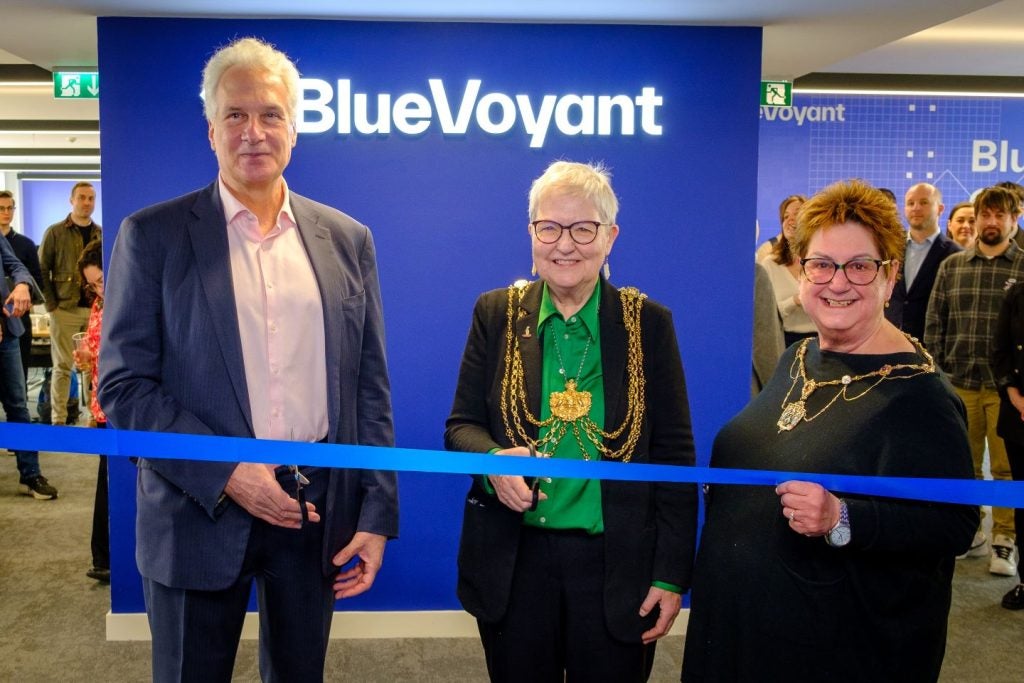
Charting the history of Nokia phones is a long and complicated process.
The phone brand was originally owned by Finnish communications, IT, and electronics business, Nokia, as you might expect.
After some market struggles, Nokia’s mobile phone business was bought by Microsoft in 2014.
At this point, the division became known as Microsoft Mobile. However, phones were still put out under the Nokia branding.
In 2016, HMD global, a company affiliated with the original Nokia company, but owned by people who’d been part of the phone business throughout its time at Microsoft, bought the phone business.
Confused? That’s okay.
How well do you really know your competitors?
Access the most comprehensive Company Profiles on the market, powered by GlobalData. Save hours of research. Gain competitive edge.

Thank you!
Your download email will arrive shortly
Not ready to buy yet? Download a free sample
We are confident about the unique quality of our Company Profiles. However, we want you to make the most beneficial decision for your business, so we offer a free sample that you can download by submitting the below form
By GlobalDataAll you need to know is that the Nokia 8 is the first flagship phone in the Nokia brand from HMD Global. It was announced earlier this week and is expected to go on sale in September.
The Nokia 8 has all the bells and whistles you’d expect of a modern smartphone.
They’ve included a Qualcomm Snapdragon 835 processor, backed by either four gigabytes of ram and 64 gigabytes internal storage, or six gigabytes of ram and 128 gigabytes internal storage — both expandable with microSD. It has a 5.3″ QHD display protected by Gorilla Glass 5.
So that’s all good.
Bothies — the photographs and videos of the future?
But the phone does come with a few neat tricks of its own.
The one that HMD are pushing hardest is the so-called bothie cameras.
Essentially, this means that the inner and outer cameras can be used at the same time. The two images will then be put side by side with one another. No longer will you have to contort your body into uncomfortable positions to fit all your friends into a selfie.
Now you can stick a few friends on one side of the phone and a few on the other.
If you’re still not sure what that’d look like, Nokia have helpfully provided a handy video:
Hello #Bothie! The world’s first smartphone to broadcast live with both cameras simultaneously. Meet the #Nokia8. pic.twitter.com/nMLl8h6YZe
— Nokia Mobile (@nokiamobile) August 16, 2017
It’s not an especially new feature.
In fact Samsung, LG, and HTC have all featured bothie cameras before they were known as such.
However, what makes this one interesting is that you’ll be able to live stream videos directly from the bothie camera to social media.
The idea is that if you’re at an event you can commentate on it while showing your followers what’s happening without having to switch between cameras.
360 degree audio
The other key gimmick of the phone is the integration of something called Nokia Ozo.
This has been saved for filming virtual reality content up until now.
Essentially, it’s 360 degree audio. If you plug in your headphones, you’ll be able to hear sounds coming from different sides of the phone, rather than all the nearby sound being funnelled down a single microphone.
It’ll probably make a world of different when you actually hear it but it’s sort of difficult to describe.
The general consensus
Unfortunately it’s not great.
Most of the early reviews of the handset say that the Nokia 8 is a perfectly acceptable phone.
It’s alright, it’s fine, it’ll do the job. But considering the success of Samsung’s Galaxy 8 and the rumours around Apple‘s upcoming iPhone the bar is set pretty high and the Nokia 8 doesn’t quite reach it. Plus it’s pretty expensive.






